China's National Bureau of Statistics said on October 31 that its manufacturing purchasing managers' index (PMI) fell from 50.2 in September to 49.5 in October.
Meanwhile, the non-manufacturing PMI also stood at 50.6 in October, compared with 51.7 in September.
“The unexpected decline in the manufacturing PMI suggests that the economic recovery in China is going to be a bumpy road as domestic demand remains quite weak,” said Zhang Zhiwei, president and chief economist at Pinpoint Asset Management.
“I think the government will likely increase the fiscal deficit next year and aim for a sustainable economic recovery. Meanwhile, policies in the real estate sector need to be adjusted to avoid further damage to the economy,” he added.
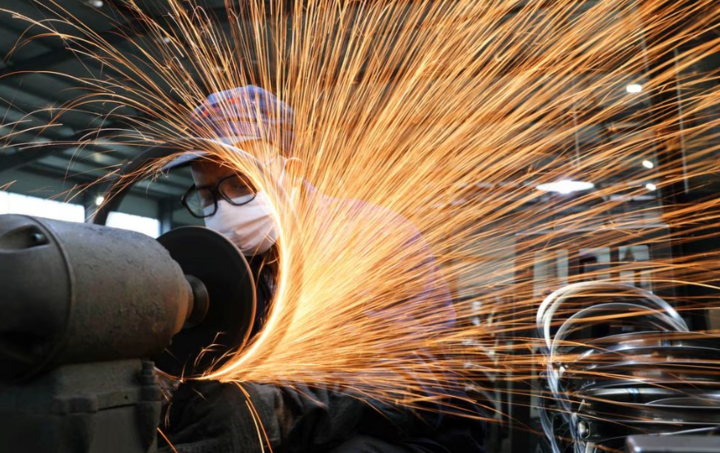
Workers work at a steel factory in China. (Photo: Reuters)
Since June, Chinese policymakers have announced a series of measures to boost growth, including modest interest rate cuts, increased cash injections and more aggressive fiscal stimulus.
The world's second-largest economy grew more than expected in the third quarter, expanding 4.9 percent year-on-year, while consumer and industrial activity also rose surprisingly last month, showing the effectiveness of the above stimulus policies.
Economists revised their previous growth forecasts higher after Beijing last week approved a 1 trillion yuan ($137 billion) government bond issuance in the fourth quarter of 2023. At the same time, the Chinese government also passed a bill allowing local governments to advance part of their 2024 bond quota to support investment and economic growth.
China only needs to grow 4.4% year-on-year in the fourth quarter to meet its annual growth target of 5%, the statistics agency said earlier this month.
However, the prolonged property crisis is a major drag on the world's second-largest economy, while slowing global growth is also creating additional challenges for Chinese authorities trying to boost growth.
Hua Yu (Source: SCMP, Reuters)
Source




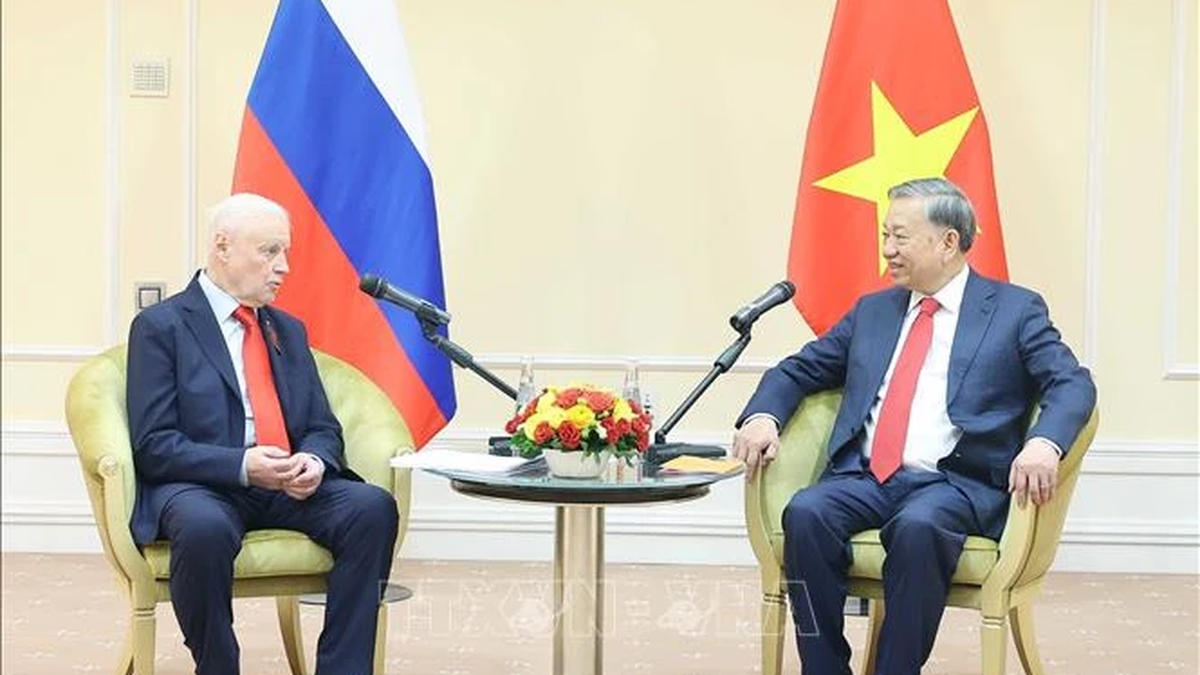
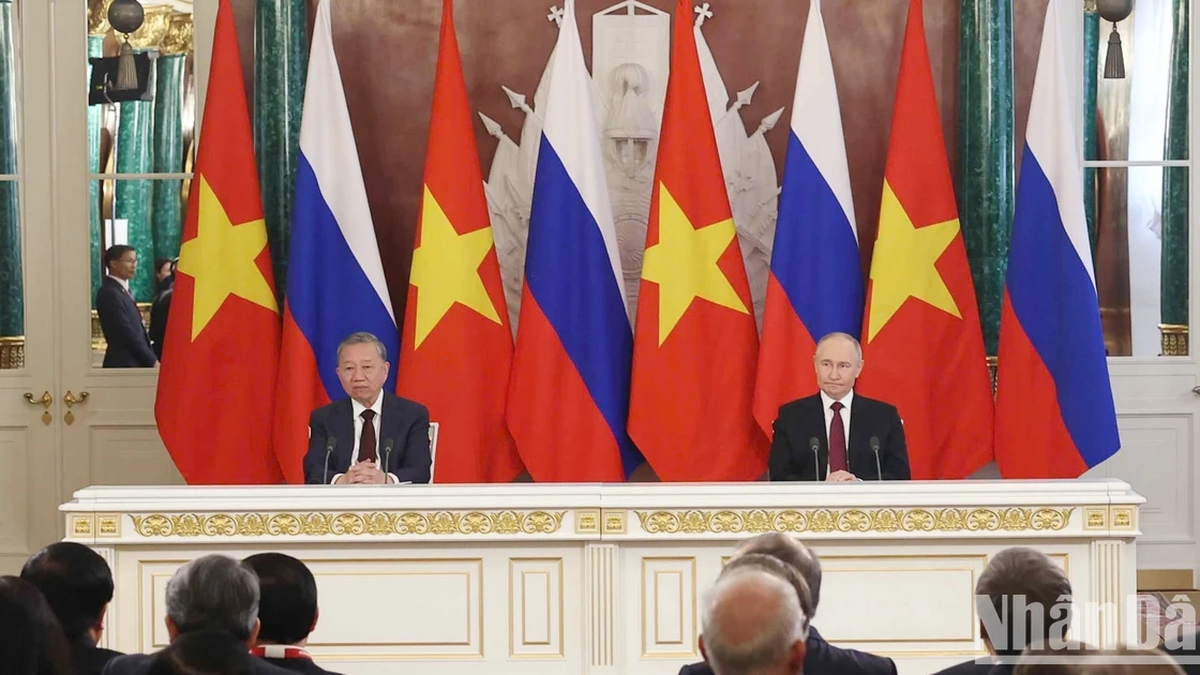
![[Photo] Prime Minister Pham Minh Chinh chairs Government Standing Committee meeting on Gia Binh airport project](https://vphoto.vietnam.vn/thumb/1200x675/vietnam/resource/IMAGE/2025/5/10/6d3bef55258d417b9bca53fbefd4aeee)







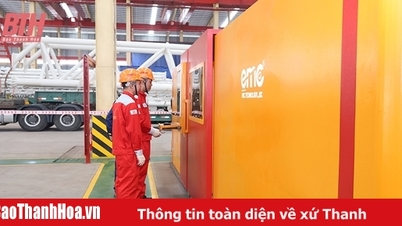

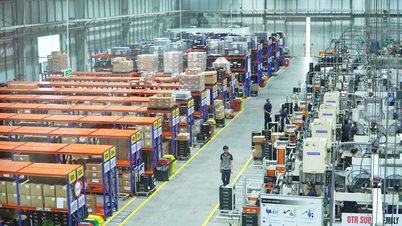
































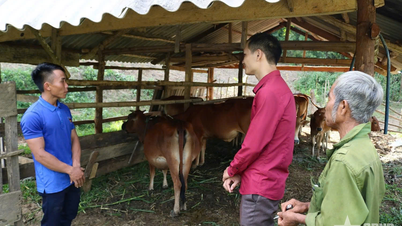

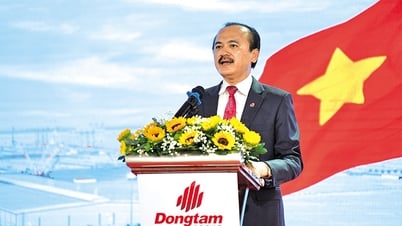












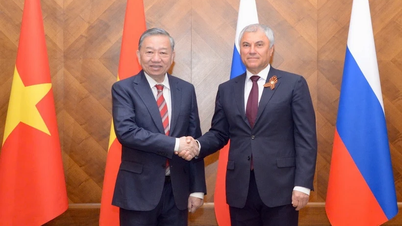


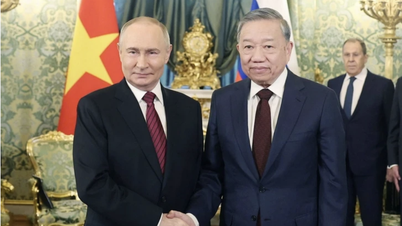

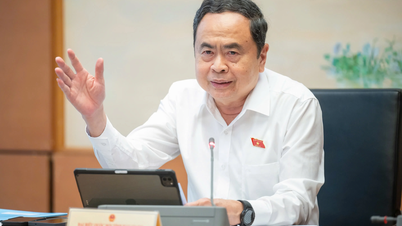
















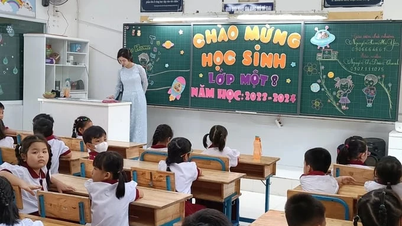
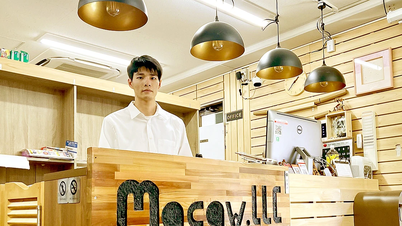












Comment (0)